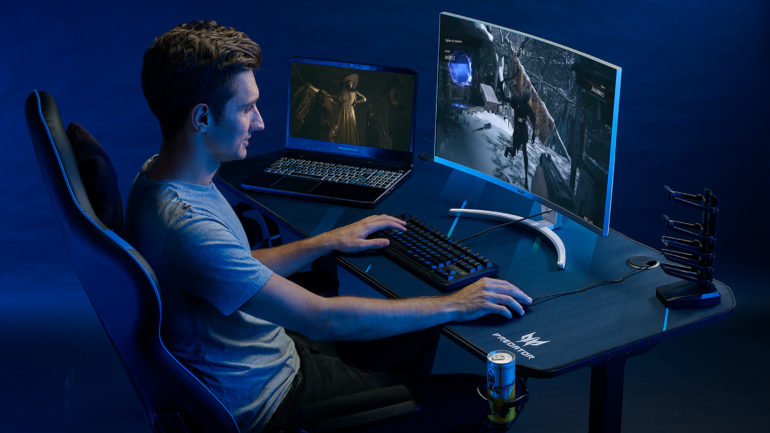Gaming laptops have long been among the most exciting PCs on the market. Naturally, they’ve grown smaller and lighter, but they’ve also become much more powerful and efficient, making them suited for both work and pleasure. They’ve included several daring improvements, like rotating hinges and near-desktop-like customizability. Gaming laptops are where PC manufacturers can be creative.
If you’re a professional looking for a powerful new computer and like playing Apex Legends on the weekends, a gaming laptop may be a better option than a MacBook Pro-style workstation. You’ll still have sufficient of power for video encoding and 3D rendering, and you could wind up spending less than some similar workstations.
Consider your budget
Your laptop shopping experience begins and ends with the amount of money you are willing to pay. That comes as no surprise. The good news is that there are several alternatives for gamers of all budgets. We’re seeing several nice options under $1,000 in particular, such as Dell’s G15, which presently begins at $930. PCs in this budget range will undoubtedly feel inferior quality than more expensive versions, and they will almost certainly compromise on RAM, storage, and overall power. However, they should be capable of running most games in 1080p at 60 frames per second, which is the very least you’d expect from any machine.
The mid-range selections over $1,000 are when things become interesting. At that moment, PCs like the ASUS Zephyrus ROG G14, one of our favorite gaming laptops in recent years, will be available. In general, you should expect considerably superior build quality, greater graphics power, and enough RAM and storage capacity to tackle the most demanding games. These are the laptops we’d suggest to most people since they’ll keep you gaming and working for years before you need to update.
If you have $1,800 or more to invest, you may start looking at more expensive choices like Razer’s Blade. Expect perfectly polished enclosures, the quickest hardware available, and absurdly tiny designs. The possibilities are endless: The Area 51m from Alienware is a massive beast that may cost up to $4,700. Few individuals need such a computer, but if you’re a gamer with extra cash to spend, it could be worth looking at some of these more expensive systems.
Research your CPU and GPU requirements

